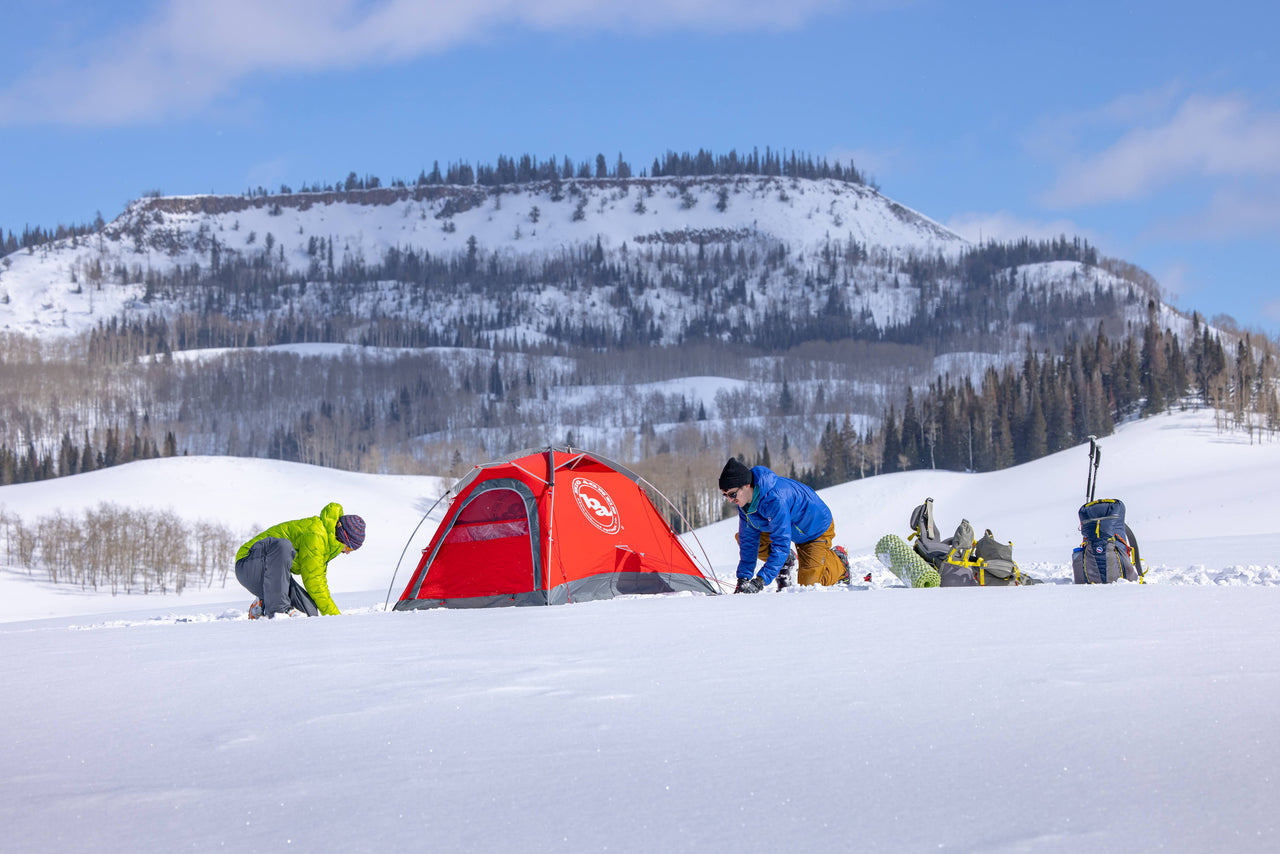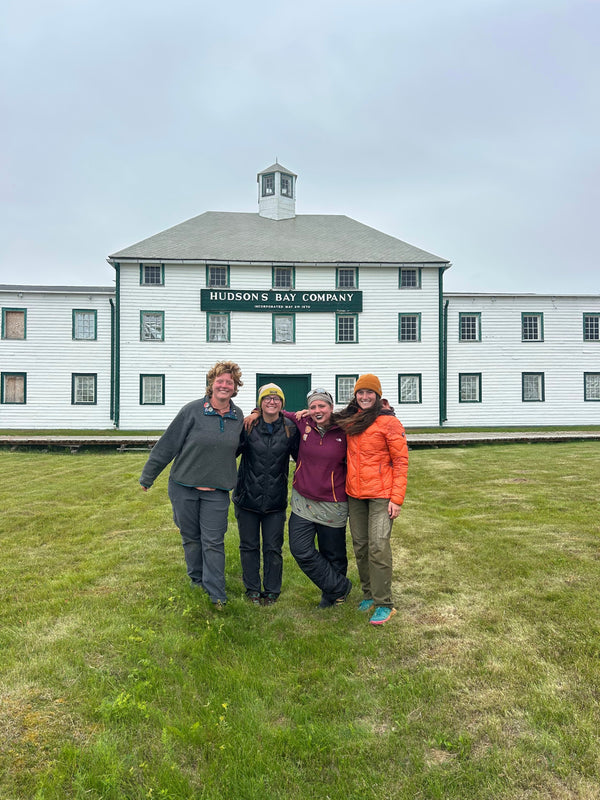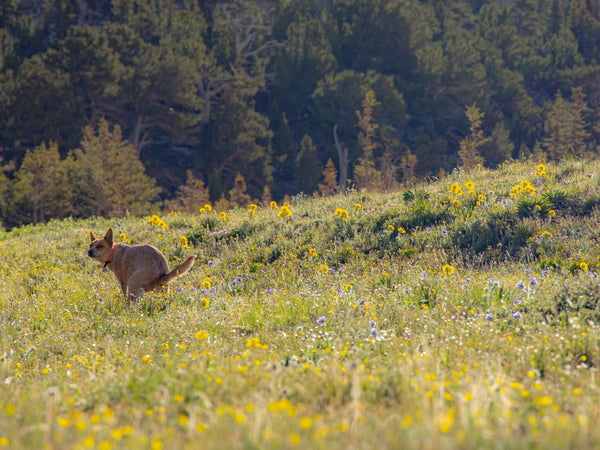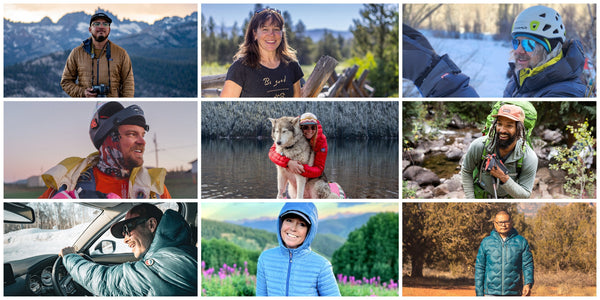Whether you're skiing in the winter or heading out into the backcountry for a hike in the summer, being prepared is always necessary. No matter the season, these 10 pieces of gear could save your life if things go astray in the backcountry. From the basics of sunscreen to worst case scenario with needing a bivy, this list won't prevent something from happening; but it is built in case something does. We worked with our Senior Repair tech here at Big Agnes, Harry Sandler to help compile this list to help keep you safe in the backcountry. When Harry is not repairing gear, he volunteers for our local Routt County Search and Rescue as the Incident Commander.
Know Before You Go:
Aside from the 10 essentials for backcountry safety, here are a few things to remember when heading out on a trip.
ALWAYS tell someone where you are going, what your plan is, and an estimated timeframe of when you expect to return.
Bring a fully charged cell phone and/or battery bank. (DO NOT expect to always have service). When the temperature drops below freezing, keep your phone in an interior pocket close to your body since your cold temperatures are known to drain batteries.
IF LOST: Seek shelter and stay put. Staying in one place makes it a lot easier, and often faster, for rescue groups to find you. If you've shared your trip plan as recommended above, it shouldn't be long before help is on its way.
If regulations allow, build a fire. Fires provide smoke during the day and are big and bright at night, an easy source for search and rescue groups to help find your location from far away or above, if they have air support. As a bonus, fires are a heat source to help keep warm when the temperatures drop.
IF INJURED: stabilize injury, keep warm and sheltered, and call or send help for 911.
For Winter (depending on activity): Beacon, shovel, and probe are necessary when skiing out of bounds or in the backcountry.

The 10 Essentials:
1) Navigation
- Topo Map - you never know when your phone or GPS might run out of battery. A paper map and compass are the most reliable navigations you can have.
- Compass
- GPS
- Navigation App (bonus points if it has offline layers) - there are a lot of navigation apps available to use. A couple of our favorites are OnXBackcountry and Gaia GPS.
2) Sun Protection
- Hat (can differ for summer versus winter but a winter hat is always good to have)
- Sunglasses or Goggles (weather dependent)
- Sunscreen

3) Insulation
- Warm Layers - A packable insulated layer like the Big Agnes Zetto or Bearsley is perfect for summer adventures. In the winter, we recommend a bit warmer layer like the Shovelhead or Luna Jackets. Both jacket styles pack down small and don't take up too much room in your pack but offer great protection from the cold.
- Hat
- Gloves
- Gaiter
- Hand Warmers
4) Illumination
- Flashlight
- Headlamp
- Extra Batteries
5) First - Aid Kit
Before heading out, make sure to take inventory and restock any missing or low inventory items in your First Aid Kit.
6) Fire
- Waterproof matches/Lighter
- Fire Starter
- Saw

7) Repair/Tools
- Knife/Multi-Tool
- Zip-Ties
- Duct Tape
- Whistle
- Battery Bank
- Activity Specific Items (depending on season and conditions)
8) Nutrition
- High-energy snacks. Some of our favorites include beef jerky, Honey Stinger, and trail mix.
9) Hydration
- Ability to make clean water (i.e. water filter or cup to melt snow depending on the season)
- Carry extra water during high exertion activities or high temperatures.
10) Shelter
 Just like you, we love to get outside and explore. We hope this list helps you be prepared for your next outdoor adventure.
Just like you, we love to get outside and explore. We hope this list helps you be prepared for your next outdoor adventure.
Photography:
(1) Noah Wetzel, Photographer, Kremmling, Colorado
(2) Ann Driggers, BA Ambassador, Elk Mountains, Colorado
(3) Noah Wetzel, Photographer, Kremmling, Colorado
(4) Ann Driggers, BA Ambassador, Elk Mountains, Colorado
(5) Ann Driggers, BA Ambassador, Elk Mountains, Colorado


 English (EUR) | EN
English (EUR) | EN 


